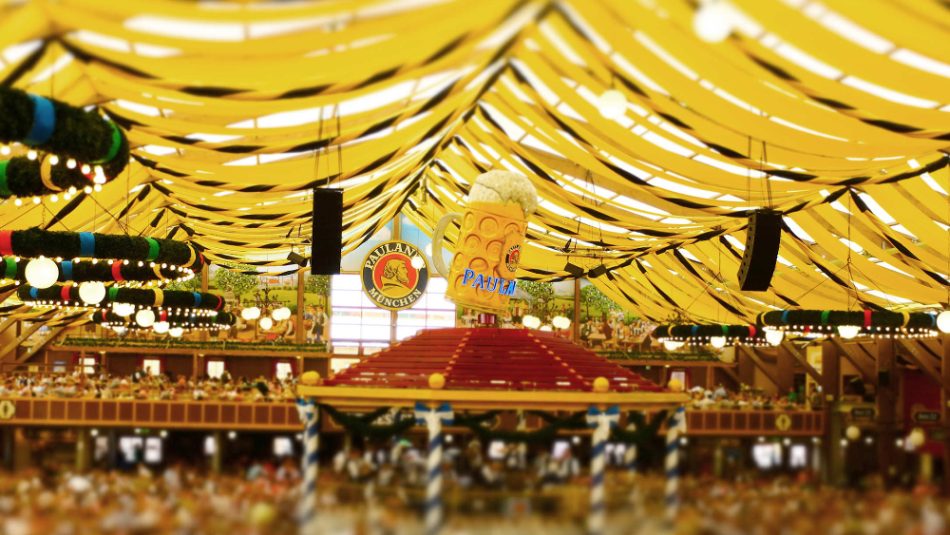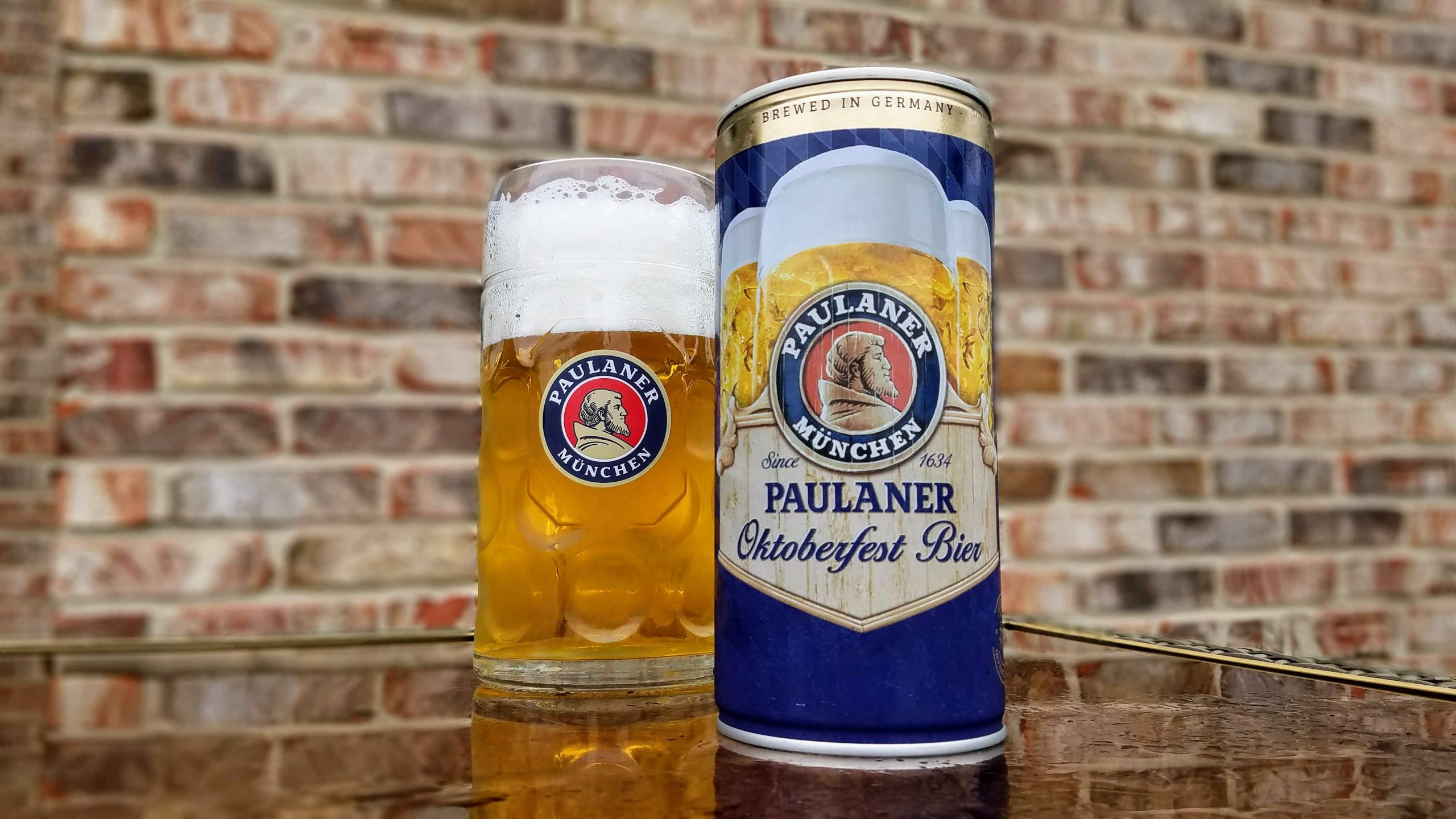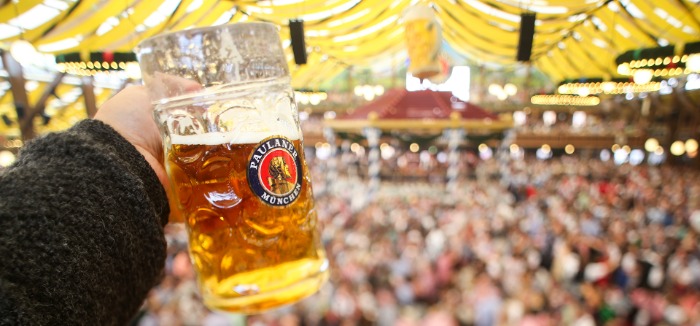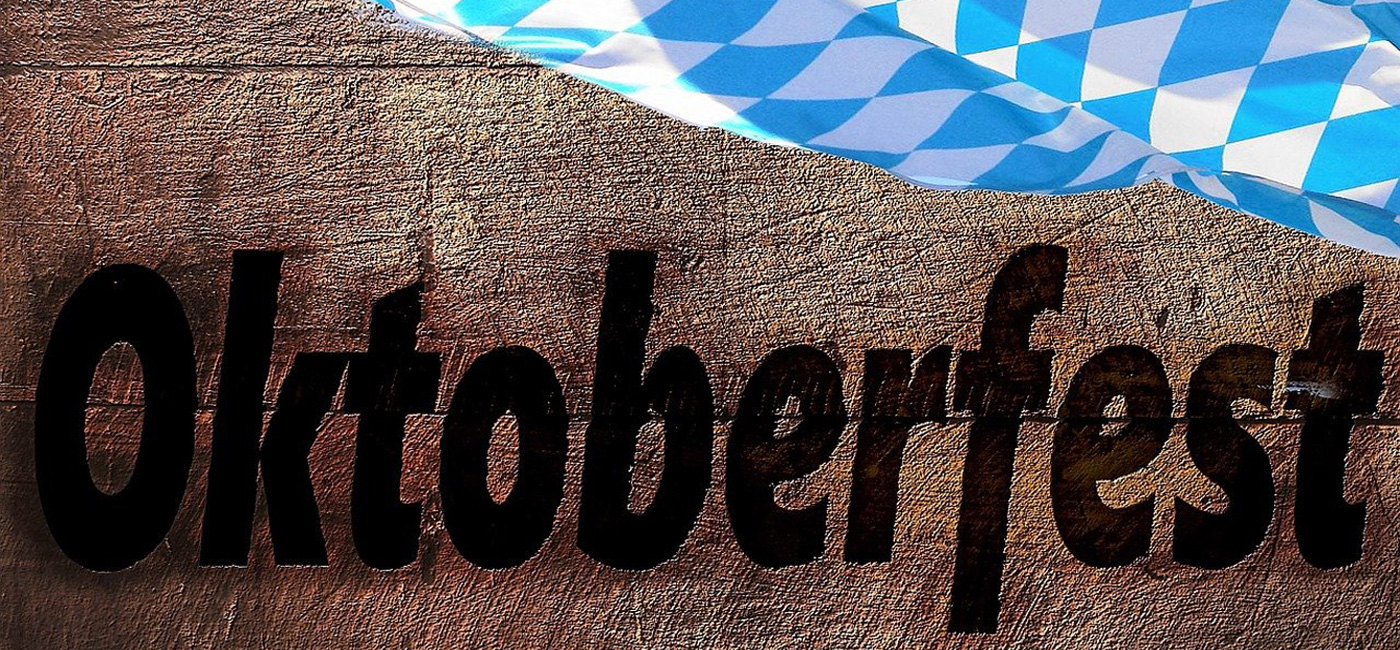Oktoberfest Beer Showcase | Paulaner Oktoberfest Lager
The global pandemic has put a damper on our oom-pah-pahs and Zicke, zacke, hoi, hois. Indeed, Oktoberfest 2020 — whether it be in Munich or anywhere else — is not quite the same. Nevertheless, the six official Oktoberfest breweries in Munich have not ceased in creating their beers. The youngest of the six, Paulaner, offers not one, but two versions: the historic Märzen that’s available year-round and the Oktoberfest Lager served in Munich during the festivities. For extra fun, search for the special one-liter can and glass mug set.
The Paulaner story does not begin with its Oktoberfest beers or even the history of the famed Munich celebration. Paulaner’s genesis arrived in 1634 when Munich breweries wrote a complaint to the town council about the monks of Neudeck ob der Au Monastary donating their leftover beer to local pubs (and the poor). The beer, which had grown quite popular, was a robust, Double Bock style beer brewed initially to compensate for the lack of food consumed during the Lenten fast (or so legend has it, anyway). The letter served as an ipso facto formal document that ostensibly recognized the monk’s brewing as a business. It took another 146 years (1780) before the Paulaner brewery would sell beer daily, but by that time the brewery already enjoyed a healthy reputation built on more than a century of success.

Read: PorchDrinking Oktoberfest Guide & Beer Showcase Series
During the early 19th century, the early stages of the Munich festivals that would come to be known as Oktoberfest emerged, as did the Paulaner Oktoberfest Märzen, or “March Bier.” Why March? Well, in 1539, Bavaria forbade the brewing of beer between April 23 (St. George’s Day) and September 29 (St. Michael’s Day). As a result, breweries produced stockpiles of beer that could be consumed during the summer and, more significantly, autumn when the amber beer achieved its peak flavor.
Today, the popularity of Märzen-style beer has resulted in its year-round availability in the United States; it continues to enjoy rave reviews. Though amber in color, the clarity is profound — a far cry from the trendy IPAs of today’s American craft market. The full-bodied, malty Märzen presents with an abundance of dark toffee and caramel notes (nothing too sweet), breadiness and a gentle kiss of hops. The finish on the beer is sublime — clean and full of earthy spices.
But, while the historic Märzen style has become synonymous with Oktoberfest season in the U.S., the middle part of the twentieth century ushered in an era of change in Munich that saw the amber Lagers give way to Golden Lagers; now, Paulaner only pours a seasonal, Golden Oktoberfest Lager (Wiesn) in the Paulaner Oktoberfest tents. The beer, affectionately referred to as Liquid Gold by Paulaner, along with the Märzen, can be enjoyed by American beer drinkers in 2020.

Today’s Oktoberfest standards require brewers to produce beers that consist of 13.5 – 13.99% original wort extract, which provides the Paulaner Oktoberfest Bier with a slightly thicker mouthfeel (or body) and presents more sweet than bitter. The yeast impression is something to note. And in this writer’s view, the hops are quite noticeable on the back end, which is a nice touch. Despite its robust flavor profile and 6% ABV (a little higher than most Märzen styles), the carbonation keeps the beer feeling light on the tongue.
This year, we celebrate at home. But, despite the lack of tents or band, the Golden Oktoberfest from Paulaner remains a good choice. Not only is it “easy to drink,” but the Golden Lager pairs exceptionally well with traditional Oktoberfest meals and snacks. So, cook or order some of your favorite festive foods, throw on an Alpine hat and enjoy some Paulaner Oktoberfest. Prost!








Submit a Comment